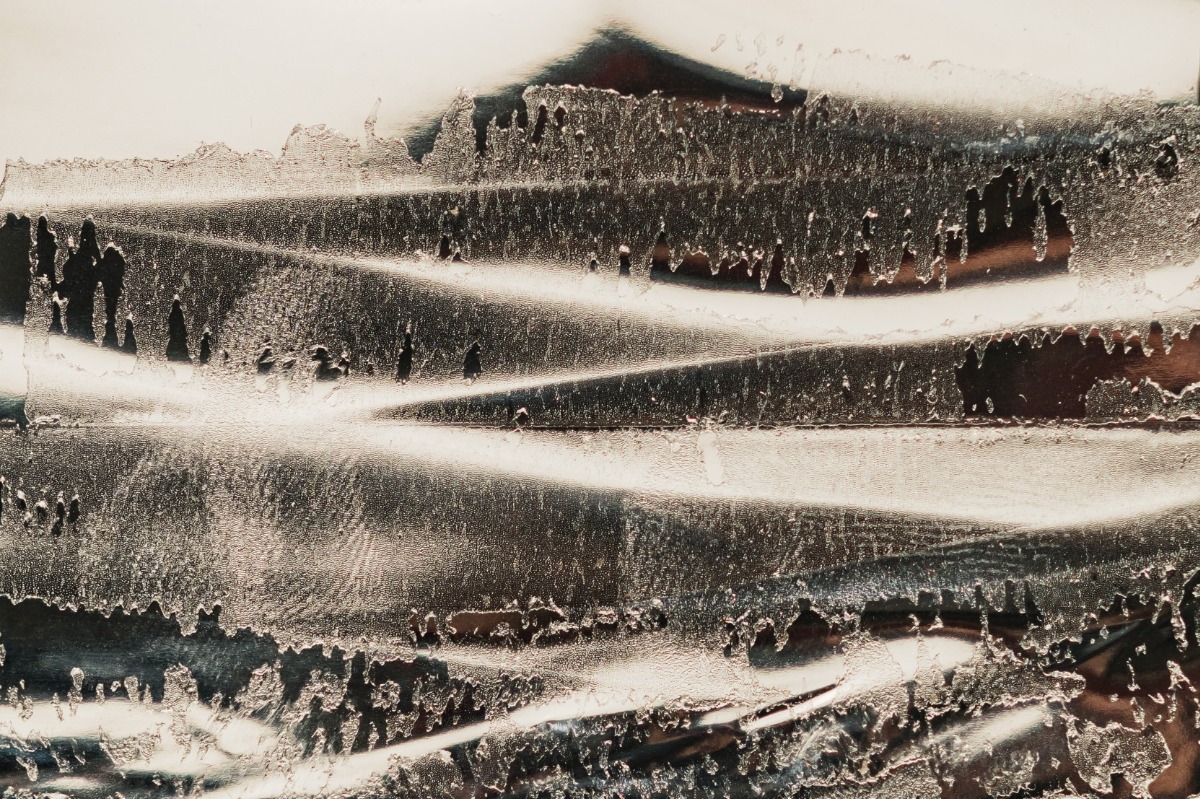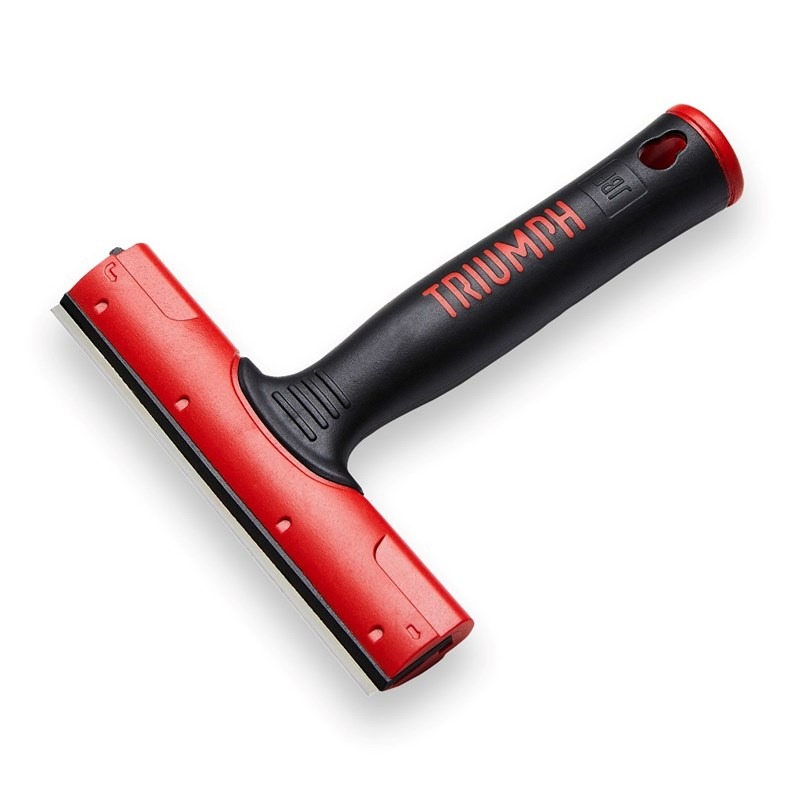How to Remove Sticker Residue from Glass
How to Remove Sticker Residue from Glass

Stickers often leave behind sticky residue that can be tough to remove, especially from glass surfaces. This guide will explore the nature of sticker adhesives and why they can be difficult to clean off glass. We'll provide precautions to take before starting the removal process, various methods for effectively getting rid of the residue, a step-by-step guide to assist you, and tips on how to prevent future residue buildup.
Understanding the Challenges of Sticker Residue
Sticker residue can be stubborn and difficult to remove due to the nature of sticker adhesive. The adhesive used in stickers is designed to stick firmly to surfaces, making it challenging to remove without leaving behind residue. While this residue is usually more noticeable on porous materials, it can also pose a unique problem on glass surfaces.
Dealing with sticker residue requires a delicate touch and the right tools to ensure that the surface is not damaged in the process. Understanding the composition of sticker adhesive can help in choosing the most effective removal method for each specific surface.
Why Glass Surfaces Pose a Unique Problem
Glass surfaces, although smooth and nonporous, can be tricky to clean due to their tendency to show any imperfections. When sticker residue is left on glass, it can be unsightly and diminish the overall appearance. Additionally, the residue can attract dust and dirt, making it even more challenging to keep the glass surface clean.
Removing sticker residue from glass requires extra caution to avoid scratching or damaging the surface. Specialized glass cleaners or gentle adhesive removers can be used to effectively dissolve the residue without leaving streaks or marks behind. After cleaning, polishing the glass can help restore its clarity and shine, ensuring a pristine finish.
Precautions Before Starting the Removal Process
Before you begin removing sticker residue from glass, it is essential to take some precautions.
When dealing with sticker residue on glass, understanding the type of adhesive used can be helpful. Some adhesives may require different removal methods, so it's a good idea to test a small, inconspicuous area first to determine the best approach.
Before removing sticker residue, follow these precautions to protect yourself and the glass surface:
- Ensure proper ventilation to avoid inhaling fumes from cleaning products.
- Wear gloves to protect your hands from chemicals or sharp edges.
- Use eye protection to avoid potential debris.
Methods for Removing Sticker Residue
Various methods can effectively remove sticker residue from glass, whether you prefer household items or commercial products. Remember to test any solution on a small, inconspicuous area of the glass first to ensure compatibility and prevent any potential damage.
Household Solutions
- Rubbing alcohol: Apply alcohol to a cloth and gently rub the residue until it loosens.
- Vinegar: Spray a mixture of equal parts vinegar and water on the residue, let it sit for a few minutes, and wipe it off.
Commercial Products
If household items don't work, try commercial products designed to remove adhesive from glass such as Oil Flo from Titan Labs. These products are formulated to remove tough adhesives without harming the glass surface. For larger sticker removal tasks, using a scraper like the Triumph 6-inch Professional Scraper can make the process quicker and more efficient.

Step-by-Step Guide for the Window Cleaning Professional using the Triumph Scraper
Using a Triumph scraper for sticker removal can be very effective if done correctly. Here are some tips to help you achieve the best results:
1. Choose the Right Blade:
Sharp Blade: Use a sharp blade for the best results. Dull blades can scratch the surface or make it harder to remove the sticker.
Stainless Steel vs. Carbon Steel: Stainless steel blades are less prone to rust and are ideal for wet conditions, while carbon steel blades are sharper but require more care to avoid rust.
2. Prepare the Surface:
Clean the Surface: Before scraping, clean the surface around the sticker to remove any dirt or debris that could cause scratches.
Soften the Adhesive: Use a heat gun or hairdryer to gently heat the sticker. This softens the adhesive and makes it easier to remove.
3. Angle and Pressure:
Correct Angle: Hold the scraper at a low angle (about 30 degrees) to the surface. This reduces the risk of gouging or scratching.
Even Pressure: Apply even pressure as you push the blade under the sticker. Avoid pressing too hard, as this can damage the surface.
4. Work Slowly:
Peel Gradually: Start at one corner of the sticker and work slowly, peeling it off bit by bit. Rushing can cause the sticker to tear, leaving residue behind.
Overlap Strokes: Overlap your strokes slightly to ensure that you’re not missing any adhesive or sticker remnants.
5. Use Solvent if Needed:
Adhesive Remover: If adhesive residue remains after removing the sticker, use an adhesive remover or rubbing alcohol. Apply it with a cloth and let it sit for a few minutes before gently scraping off the residue.
6. Blade Maintenance:
Replace Blades Regularly: Replace the blade when it becomes dull to maintain efficiency and prevent scratches.
Clean After Use: Clean the blade and the scraper after use, especially if you’ve used adhesive remover, to prevent buildup and maintain the tool’s lifespan.
7. Safety Precautions:
Protect Yourself: Wear gloves to protect your hands from cuts. Always scrape away from your body to avoid injury.
Surface Protection: Be cautious when scraping on delicate surfaces like glass, as even a slight mishap can lead to scratches.
Using these tips, your Triumph scraper will effectively remove stickers without damaging the underlying surface.
Cleaning and Polishing After Residue Removal
Once you have successfully removed the sticker residue, it's important to clean the glass surface thoroughly to remove any remaining residue or cleaning solution. Use a glass cleaner or a mixture of mild soap and water to clean the area. Dry the glass with a clean, lint-free cloth.
To ensure a streak-free finish, consider using a microfiber cloth for the final polish. This will help to remove any remaining smudges or streaks, leaving your glass surface crystal clear and gleaming. Remember, proper maintenance of glass surfaces can prolong their lifespan and keep them looking pristine for years to come.
Conclusion
In conclusion, we have explored the nature of sticker adhesives and the precautions to take before starting the removal process. We have also covered the different methods for effectively removing sticker residue. Additionally, by following this step-by-step guide, you should successfully prevent sticker residue in the future.
J. Racenstein provides high-quality cleaning supplies and equipment to serve the cleaning needs of your residential or commercial building.
Our team is a mix of industry professionals, experienced trainers, and customer service representatives to give you the white-glove experience. We pride ourselves on our knowledge, customer service, and our ability to service the cleaning industry with the best products and services.
Learn about our thousands of products and outstanding customer service at our website.

